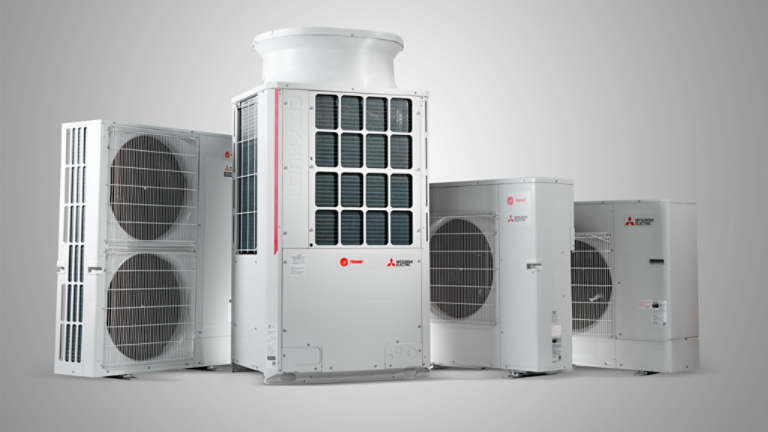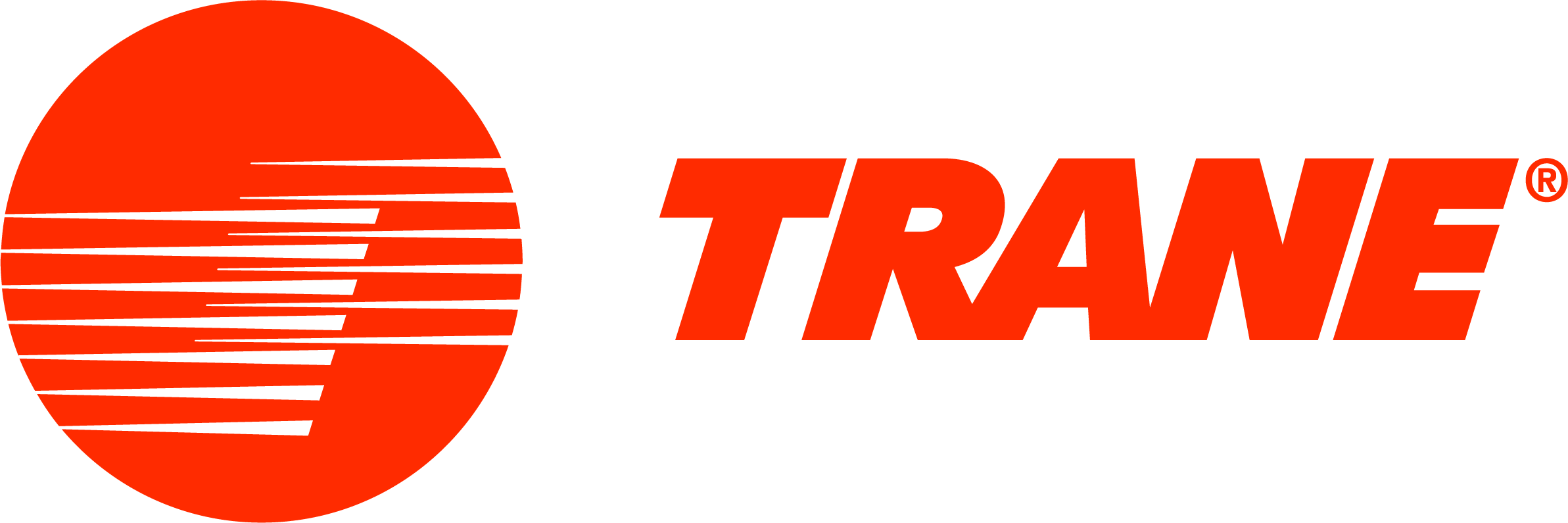Glossary
Variable Refrigerant Flow (VRF)
Why are VRF systems the future of the HVAC industry? Learn how VRF technology can play a role in your organization's sustainability goals.


Selecting a language changes the language and content on the Trane site.
Trane ComfortSite is an extranet site designed to save you time. With your secure login, you can:
This is the login for Trane® Connect™ and other Trane® commercial applications. Trane® Connect™ is our secure, cloud-based customer portal to access your building systems to remotely monitor and manage building systems, and conduct routine maintenance.
Latin America
Europe
Asia Pacific
Glossary
Why are VRF systems the future of the HVAC industry? Learn how VRF technology can play a role in your organization's sustainability goals.


Variable refrigerant flow (VRF) is an HVAC technology that uses refrigerant as the primary cooling and heating medium, allowing a single outdoor compressor system to serve multiple indoor units with individualized temperature control. The system automatically adjusts the flow of refrigerant to different zones based on their specific heating or cooling needs, providing precise climate control throughout a building.
VRF HVAC systems work by circulating refrigerant between a single outdoor unit and multiple indoor units, providing individualized comfort control for different zones or rooms. They modulate the flow of refrigerant based on the exact cooling or heating demands of each zone. Unlike conventional systems that turn on and off completely, commercial VRF systems continuously adjust their capacity.
Most VRF HVAC systems use inverter technology, which allows the compressor to operate at varying speeds rather than simply on or off. This further enhances energy efficiency by matching the compressor output to the actual cooling or heating demand.
VRF systems are a type of zoned AC system, dividing a building into multiple zones, allowing each to have its own thermostat and temperature settings. These zoning systems enable occupants to customize their area to their personal preferences or based on occupancy patterns. By conditioning only the zones that need it and adjusting refrigerant flow based on demand, VRF systems can significantly reduce energy consumption compared to traditional systems that heat or cool an entire building, even when not fully occupied. They can also provide heating and cooling to different zones simultaneously.
Commercial VRF systems are extremely versatile and are especially popular in applications where space is limited, energy efficiency is prioritized, and different zones need independent temperature control. They've gained traction in Europe and Asia and are becoming more common in North America.
Some examples of settings where VRF systems are typically used:
Variable refrigerant flow systems help with sustainability and decarbonization initiatives in several ways:
Resources for VRF
Our innovative and comprehensive building solutions, including high-performance systems, are designed with industry leading integrated energy efficiency ratio (IEER) ratings that translate to lower operating and energy costs. We are a global leader in HVAC technology, focused on helping our customers find success while reducing their carbon footprint. With a nationwide network of factory-trained technicians, you'll receive prompt service, maintenance, and support from experts in your building's systems.
Talk to an experienced Trane representative today to learn more about VRF technology.
